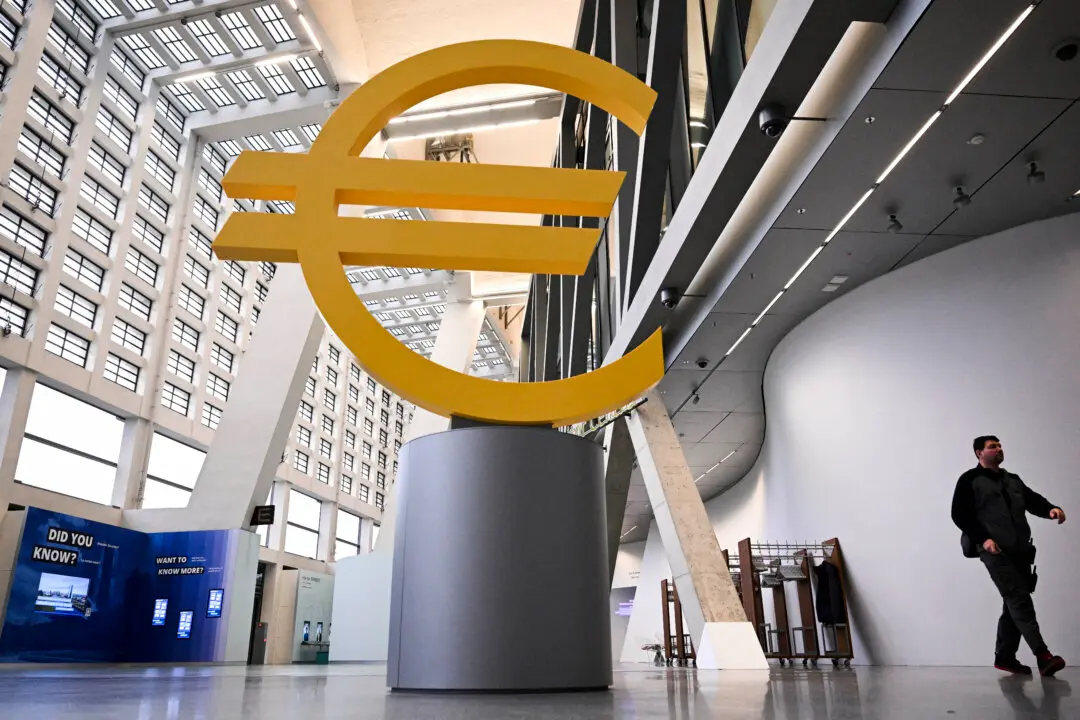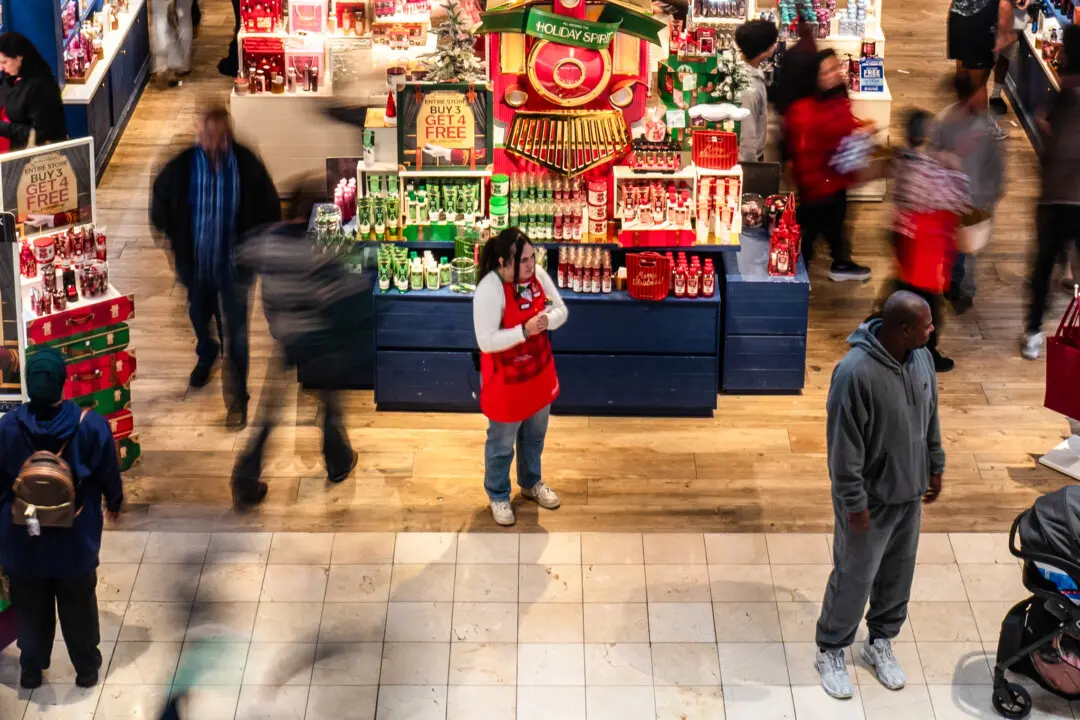U.S. consumer prices in June posted their biggest monthly gain since 2012 after three months of declines punctuated by a near-record plunge in April as the pandemic sapped demand.
The consumer price index (CPI-U) jumped 0.6 percent in June from the previous month, after a 0.8 percent drop in April and a 0.1 percent drop in May, Labor Department figures released Tuesday showed (pdf). April’s monthly drop was the deepest since December 2008, the height of the financial crisis.





